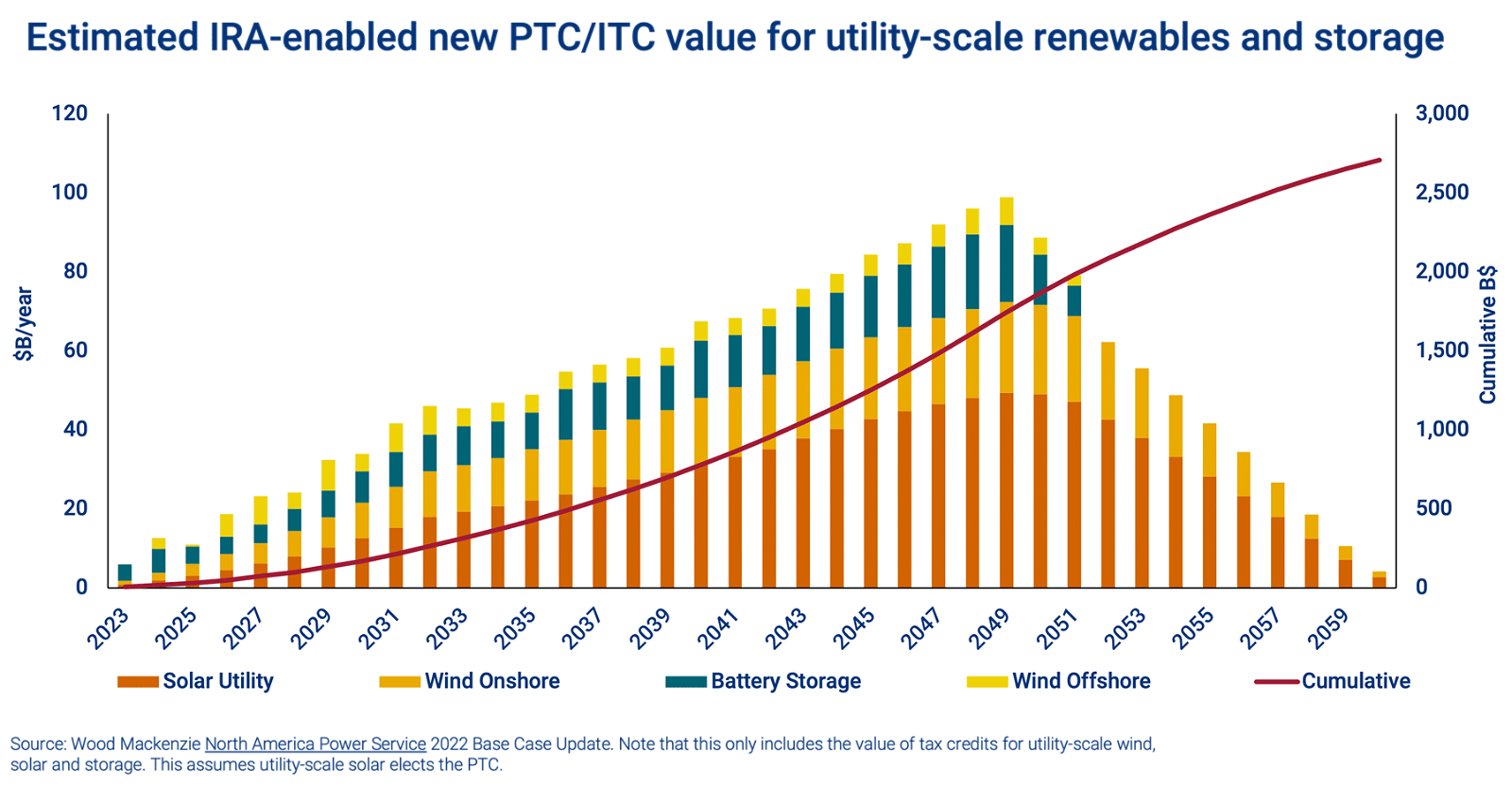Clean energy projects completed after 2024 in the U.S. could access innovative, technology-neutral tax credits under the Inflation Reduction Act (IRA). These credits, similar to existing incentives, target facilities achieving net zero carbon emissions. Guidance from the Treasury Department will clarify eligibility.
The credits, effective from January 1, 2025, will replace existing production and investment tax credits for wind and solar projects. They will also extend to qualified energy storage facilities and rapidly evolving clean energy technologies.
More notably, they phase out by 2032 or when U.S. electricity production emissions reach 25% of 2022 levels or lower.
A Shift Towards Sustainable Finance
The U.S. power sector’s greenhouse gas emissions have significantly decreased in 2023 compared to 2022, according to the Environmental Protection Agency. The drop in emissions is mainly due to shifts in the mix of fossil fuel-based electricity generation.
The agency’s report revealed a 7% decrease in CO2 emissions from the sector, the largest annual drop since 2020.
The technology-neutral approach emerged from House and Senate committees’ negotiations on the IRA, enacted in August 2022. House Democrats aimed to extend traditional renewable incentives, while Senate leaders favoured emissions-based credits. Ultimately, the IRA extended existing incentives until the tech-neutral credits kicked in.
The IRA has instituted highly specific phaseout schedules for the new technology-neutral tax credits. These credits will remain in effect either until 2032 or until CO2 emissions from the country’s electricity sector reach or fall below 25% of 2022 levels, whichever comes later.
Once this threshold is met, a three-year phaseout period will commence, featuring defined annual reductions in the value of the tax credits. Wood Mackenzie’s analysis suggests that the United States will likely surpass the 25% of 2022 threshold after the year 2032.
In addition to extending the Production Tax Credit (PTC) and Investment Tax Credit (ITC), the IRA has introduced PTCs for existing nuclear plants and clean hydrogen, along with enhanced incentives for carbon capture and storage (CCS). Unlike the technology-neutral PTC and ITC, these specific credits are set to expire at the end of 2032.
Pioneering Tax Credit Phasing and Potential Impact
Based on the language in the IRA, Wood Mackenzie views that these tax credits will extend for longer than 2032. Absent IRA repeal means that instead of several hundred billion dollars in tax credits for new renewables and storage, the real money on the table is on the order of trillions of dollars over multiple decades.
The American Council on Renewable Energy (ACORE) supports the approach for simplifying the tax code and advancing climate goals. By encompassing all carbon-free resources, these credits promote diverse technologies without requiring frequent legislative extensions, fostering innovation and investment.
Alongside renewable energy projects, the new technology-neutral tax credits could also benefit coal and natural gas plants adopting carbon capture and sequestration (CCS) technology. However, only a small number of coal and gas plants are actively pursuing CCS due to their high costs and operational challenges.
Among those that do, some may choose to use the enhanced CCS production tax credit offered by the IRA. However, this credit cannot be combined with the technology-neutral clean power PTC.
Nevertheless, as utilities seek additional sources of zero-emission electricity to meet their climate objectives, the technology-neutral system might ultimately prove to be a more effective solution.
Anticipated Guidance and Project Projections
The Treasury Department will provide guidance on technology-neutral credits in the coming months, offering clarity to developers. Although a Treasury spokesperson didn’t provide an update on timing, they suggested it’s likely to be in the second quarter.
This guidance could offer clarity regarding how specific projects can demonstrate eligibility. Treasury’s Assistant Secretary for Tax Policy Lily Batchelder noted that:
“Our guidance on these credits will create a framework that allows future innovation in clean energy technologies — supporting American ingenuity, jobs, and energy security for the long haul.”
According to data from S&P Global Market Intelligence, the U.S. would incorporate nearly 220,000 MW of fresh solar capacity between 2024 and 2030.
Within the same timeframe, the nation would also integrate 85,615 MW of combined capacity from onshore and offshore wind projects. Plus, another 110,687 MW of standalone and co-located energy storage.
Despite potential regulatory and potential risks, developers of clean energy are pressing ahead with their project plans.
Although the precise timing remains uncertain, it’s evident that the core provisions of the IRA, particularly the technology-neutral tax credits, will endure for decades to come. The interest in these credits will only grow further, as industry experts believe to be.




